-

email us
lisa@simplewatersofteners.com
-

Call Us
(210) 960-2555
- Home > BLOG
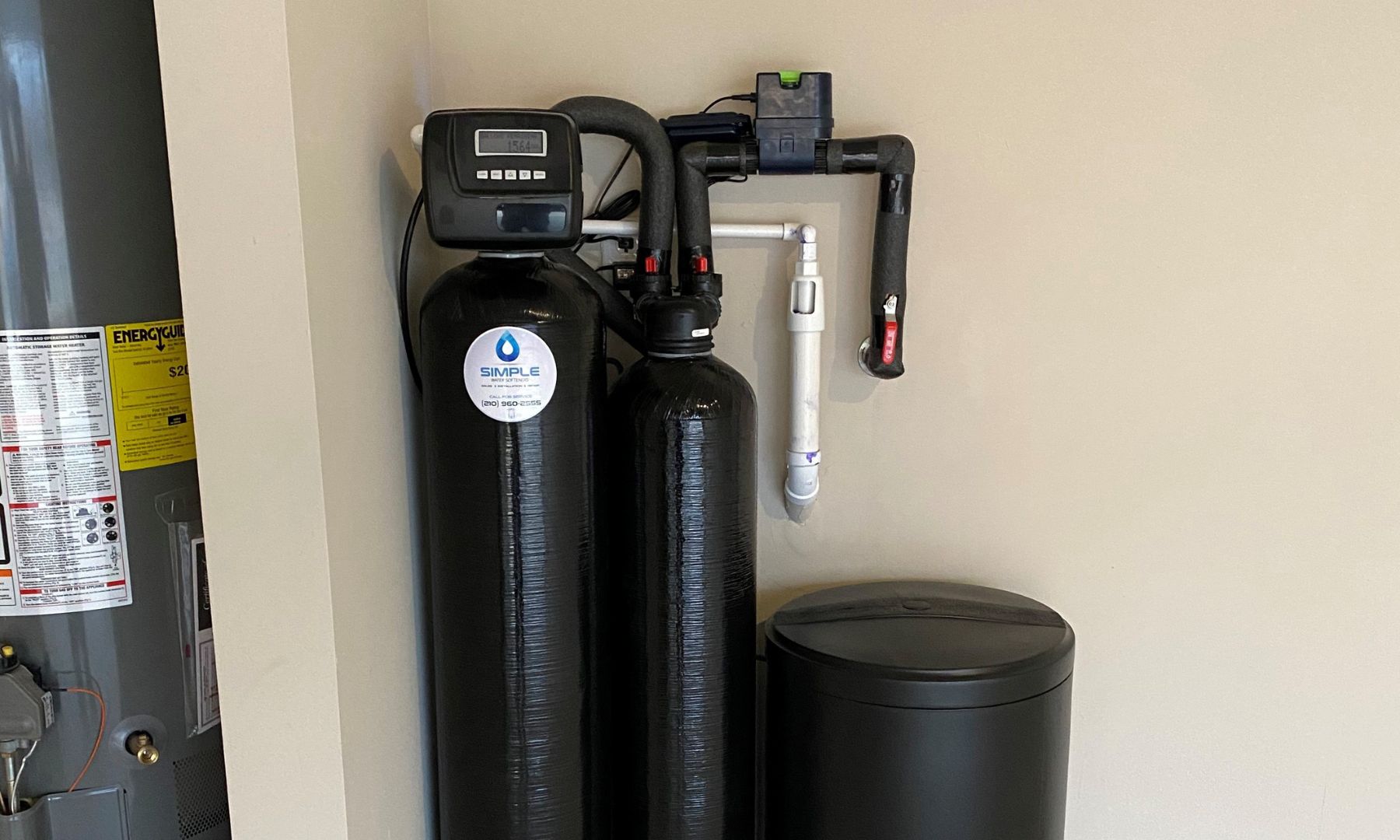
15 May. 2023
Invest in Your Home’s Future with Quality Water Softeners.
Ensuring Soft Water for Your Home: Why It Matters More Than You Think.
When it comes to investing in your new home, quality should be your top priority. You’ve likely put a lot of thought into appliances, furniture, and even the garage. But have you considered the impact of hard water on your home and possessions?
Meet the unsung hero of household appliances: the water softener. In this blog post, Lisa Bauer from Simple Water Softeners, explains the importance of having soft water in your home and how it can protect your valuable investments.
- By:Lisa Bauer
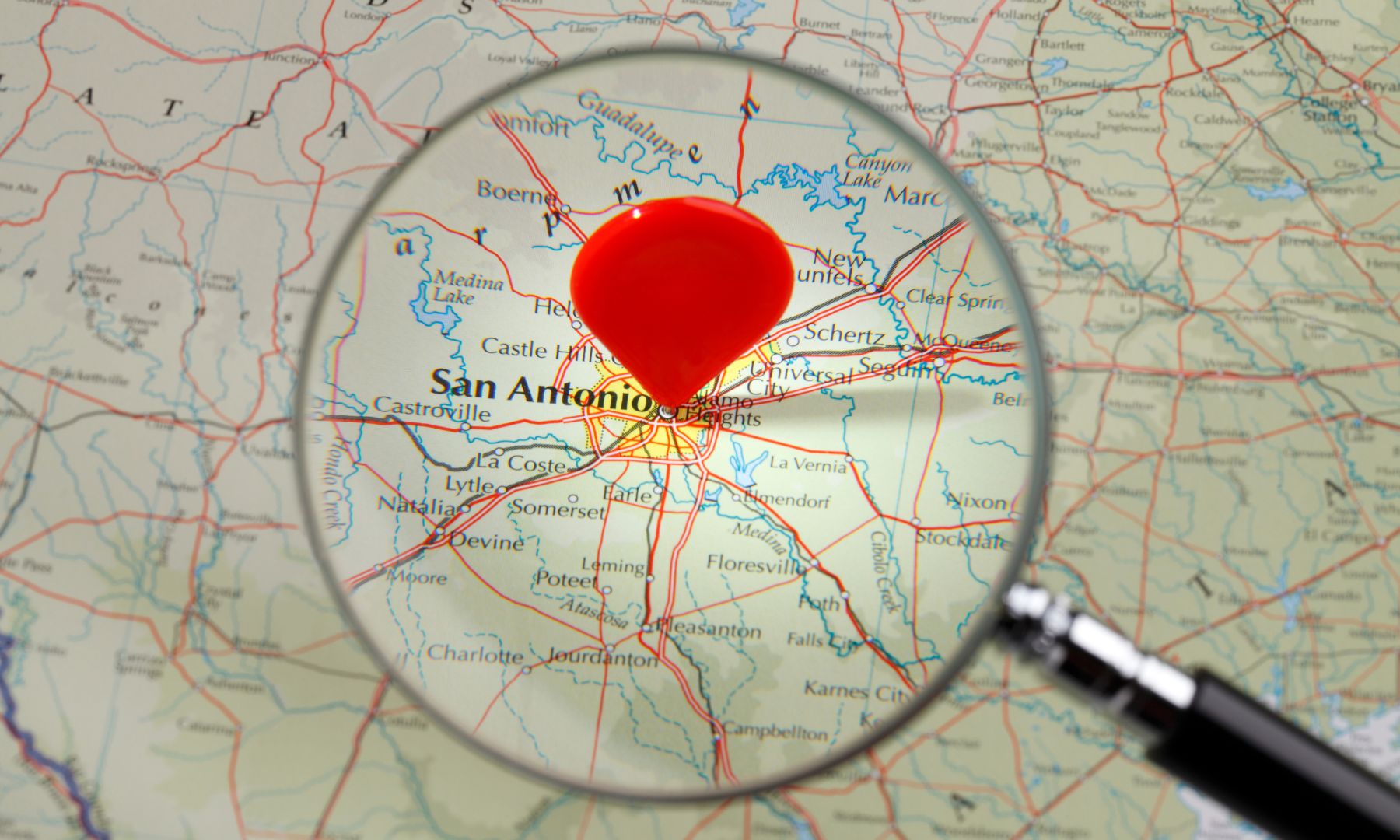
04 May. 2023
The Essential Role of Water Softeners in San Antonio Homes
In San Antonio and its surrounding areas, water softeners are more than just a luxury; they’re an essential appliance for protecting your home and enhancing your quality of life. Just as we invest in health, auto, and home insurance, it’s important to ensure that all water-using appliances in your home are safeguarded. A water softener acts as an insurance policy for everything that comes into contact with water in your home.
- By:Lisa Bauer
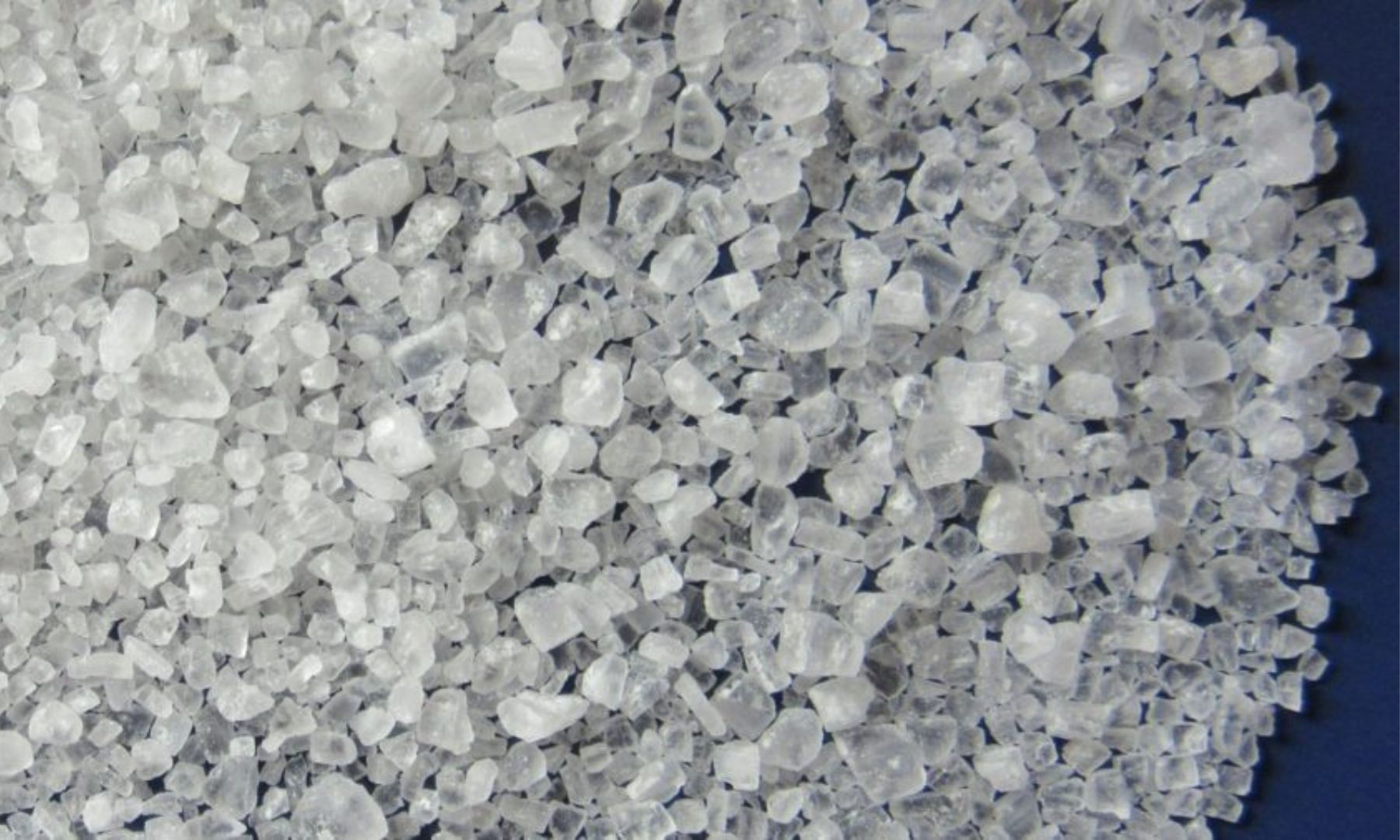
17 Apr. 2023
Comparing Salt-Based and Salt-Free Water Softening Systems
Are you tired of dealing with the effects of hard water in your home? You may be considering a water softener but feel overwhelmed by the choices between salt-based and salt-free systems. Why should you carry bags of salt if there is a salt-free alternative, right? Before making a decision, it’s crucial to understand how these systems work and their benefits and limitations.
- By:Lisa Bauer
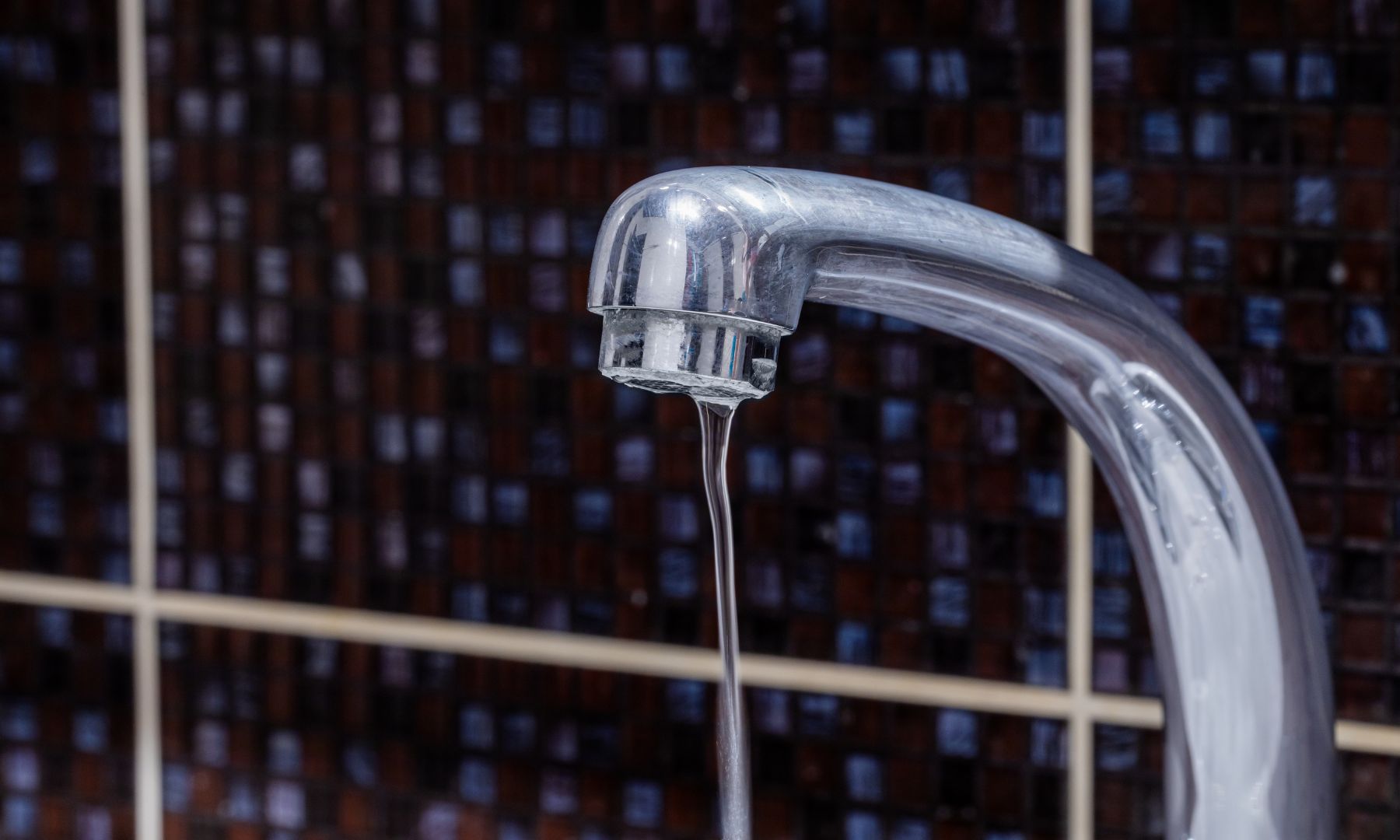
05 Apr. 2023
Solving Low Water Pressure Issues: The Hidden Culprit in Your Water Softener
Low water pressure in your home can be frustrating and inconvenient, impacting everything from showering to washing dishes. If you’ve noticed fluctuating water pressure or a sudden drop in pressure, your water softener might be the culprit. In this blog post, we’ll explore the connection between water pressure and water softeners, as well as provide guidance on troubleshooting and resolving the issue.
- By:Lisa Bauer
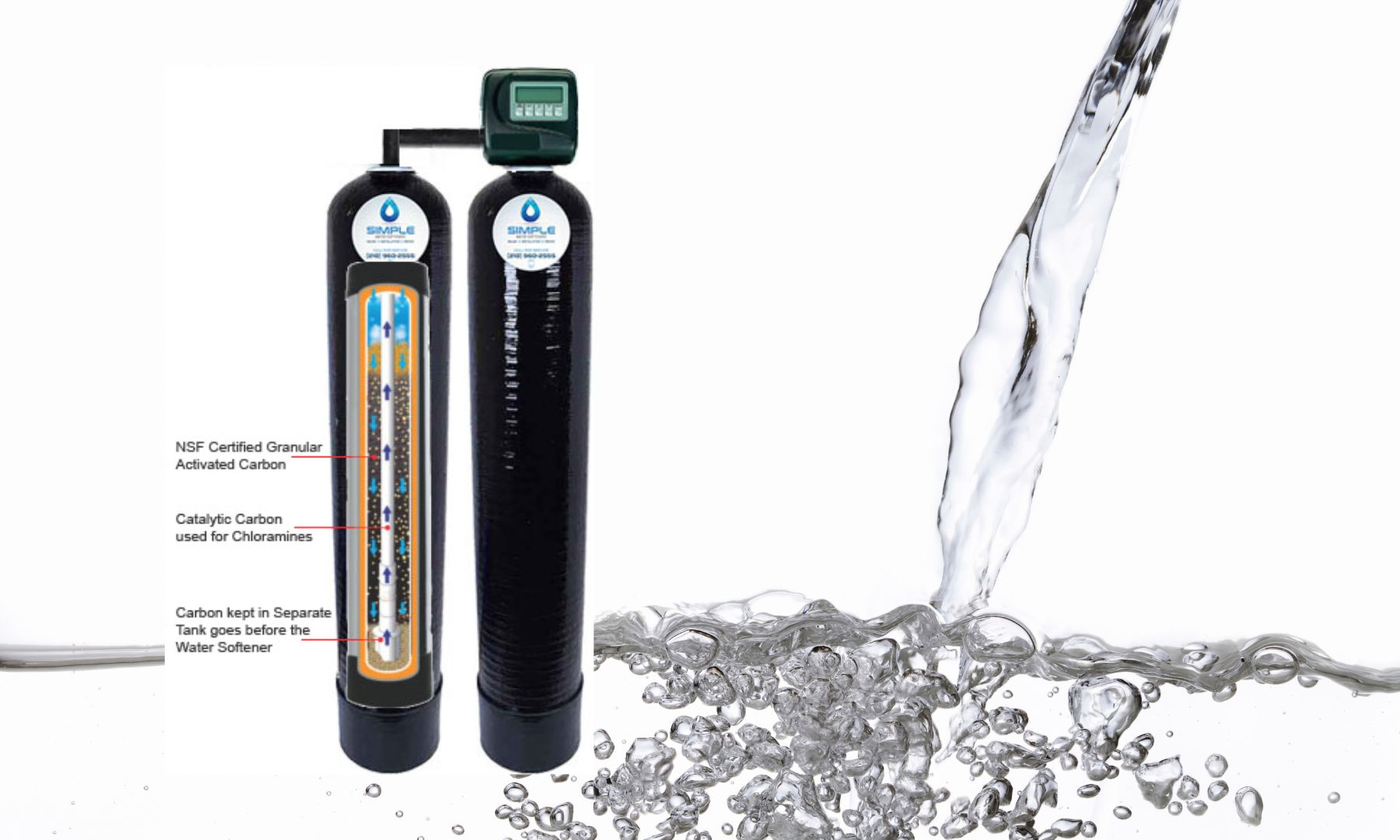
10 Mar. 2023
Why You Need an Activated Carbon Filter for Your Home
Activated carbon filters are a great way to remove contaminants from your drinking water and other water sources. They are becoming increasingly popular due to their ability to remove a wide range of contaminants, including chlorine, organic compounds, and heavy metals. This blog post will discuss the many benefits of using activated carbon filters and what contaminants they can remove from water. Read on to learn more about how these powerful filters can help keep your water clean and safe to drink.
- By:Lisa Bauer
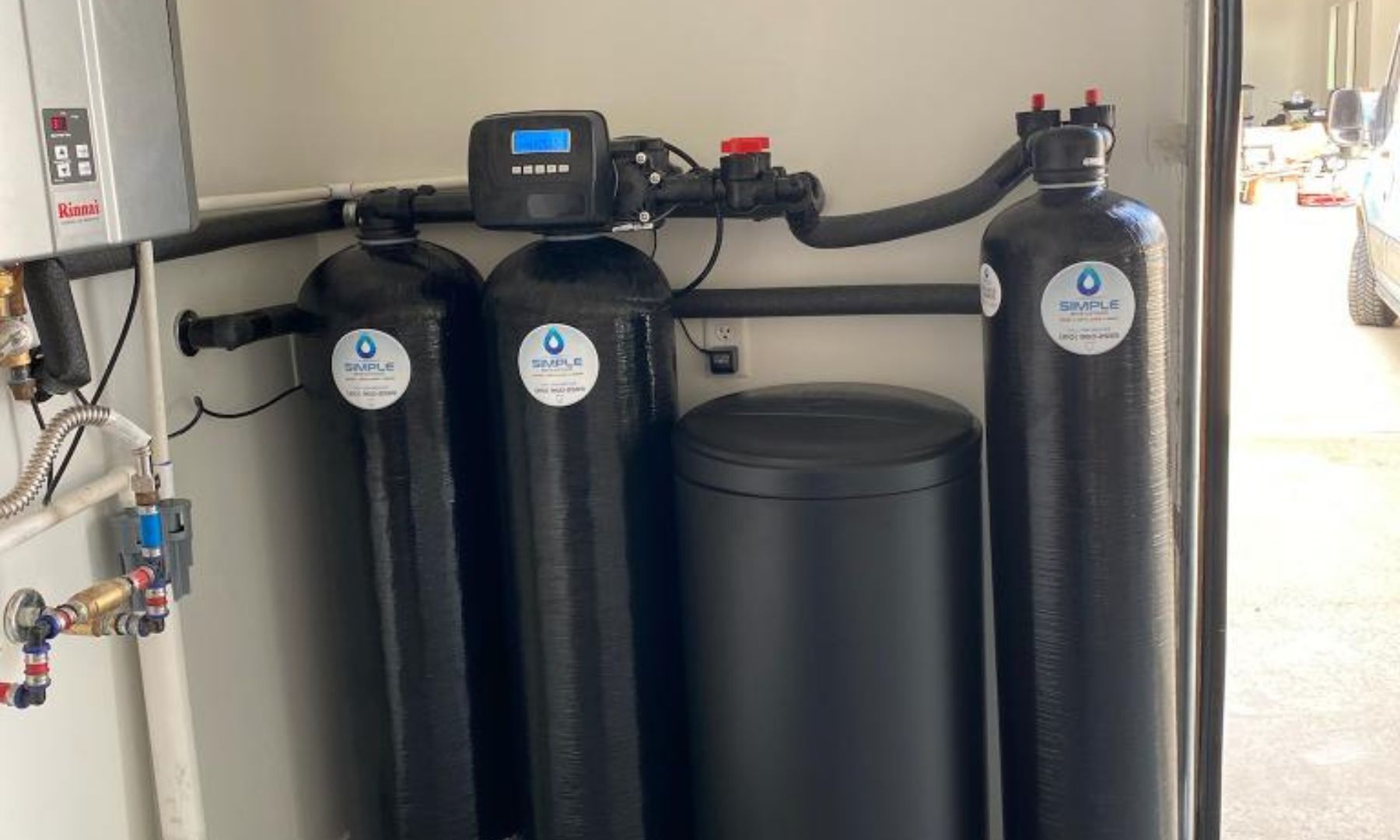
09 Feb. 2023
Chlorine or chloramine in your water in San Antonio, Texas? A Whole House Filtration System may be the solution for you!
Chlorine and chloramine are both disinfectants used in water treatment systems, but they can have negative effects on your health and the environment. Installing a Whole House Filtration System can help reduce or eliminate these contaminants and provide you with clean and safe water. In this blog post, we’ll discuss the benefits of a Whole House Filtration System and how it can help you get rid of chlorine or chloramine in your water in San Antonio, Texas.
- By:Lisa Bauer
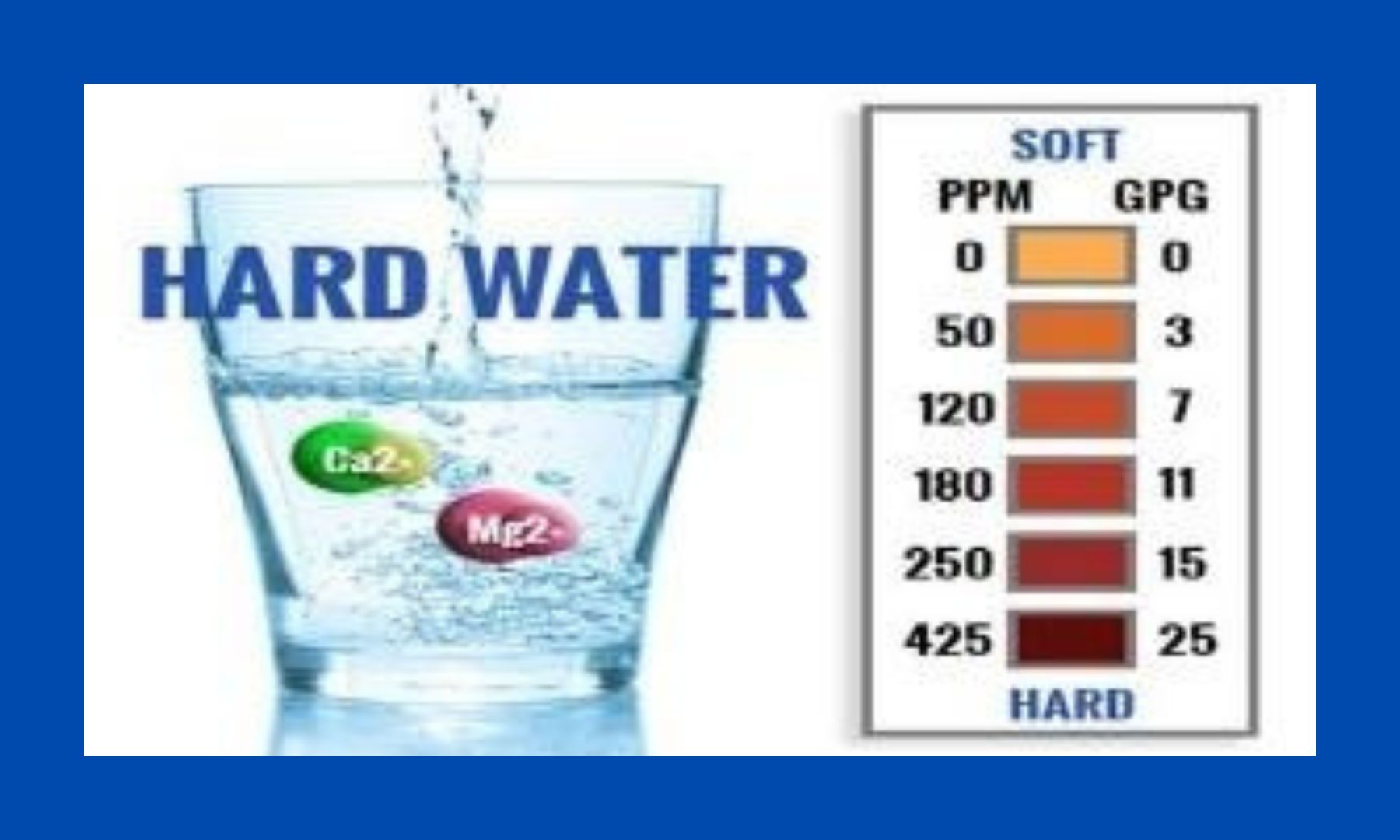
15 Dec. 2022
How To Know The Right Size For My Residental Water Softeners
The Best Water Softener is a Simple Water Softener. High quality with big savings. No salesman, no sales commission added to cost. We supply all information, you do a little research to discover it is a high quality water softener with expert installation. A softener with a warranty a phone call away.
When sizing a unit, you want it to regenerate no sooner than a week. You need to know the hardness of your water, number of people living in the house and the number of bathrooms will all play a factor in determining the size of the unit.
- By:Lisa Bauer
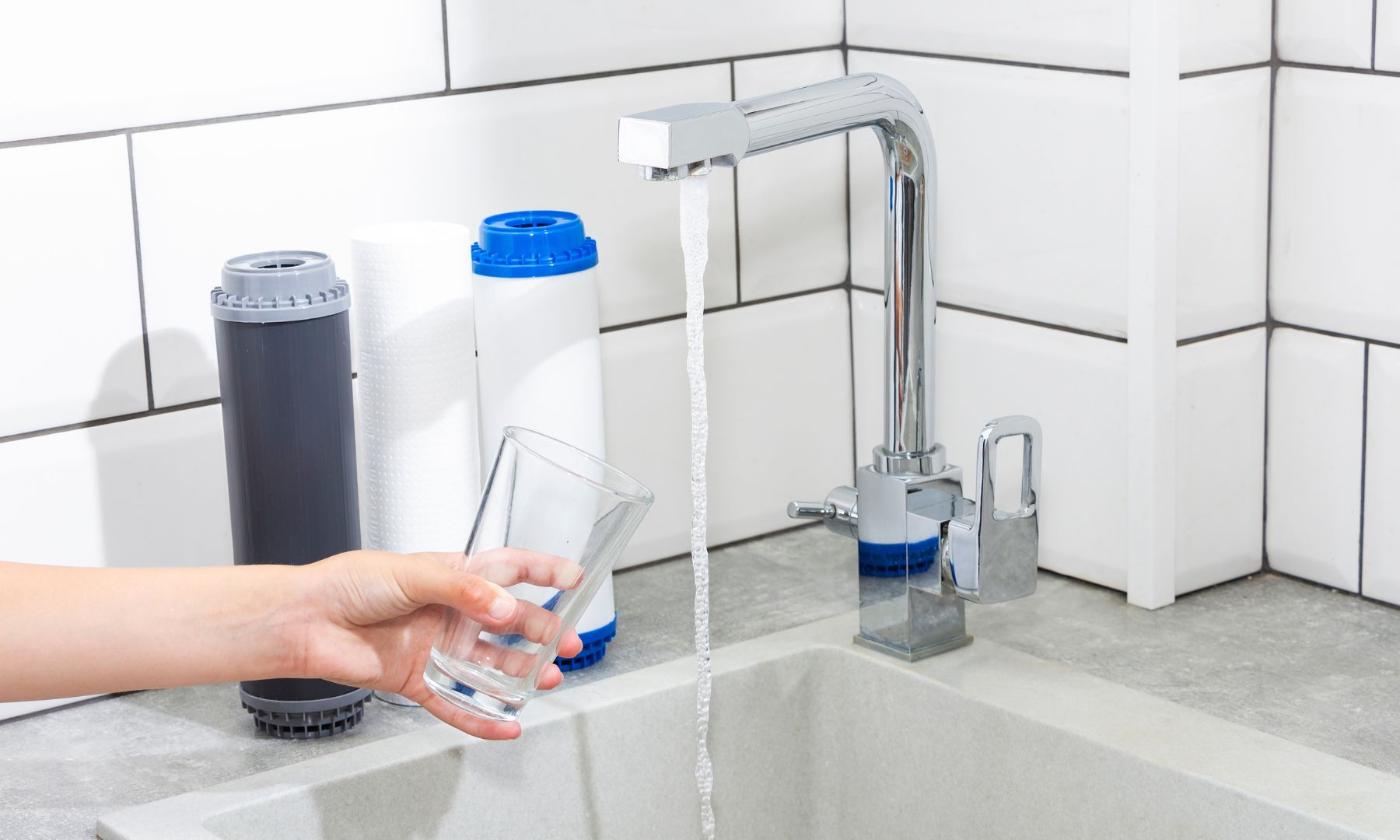
17 Nov. 2022
Hardest Working Appliance in the House
A water softener is the hardest working appliance in the house. However, this is the only device that so many will try to go the cheap way.
A water softener protects your biggest investment, YOUR HOME. Protects everything that hard water touches. The hot water heater is greatly affected by hard water. It can shorten the lifespan drastically. The washing machine, dishwasher, ice maker, coffee pots, faucets, glass in the showers are all affected by hard water and not in a good way, it’s just expensive.
- By:Lisa Bauer
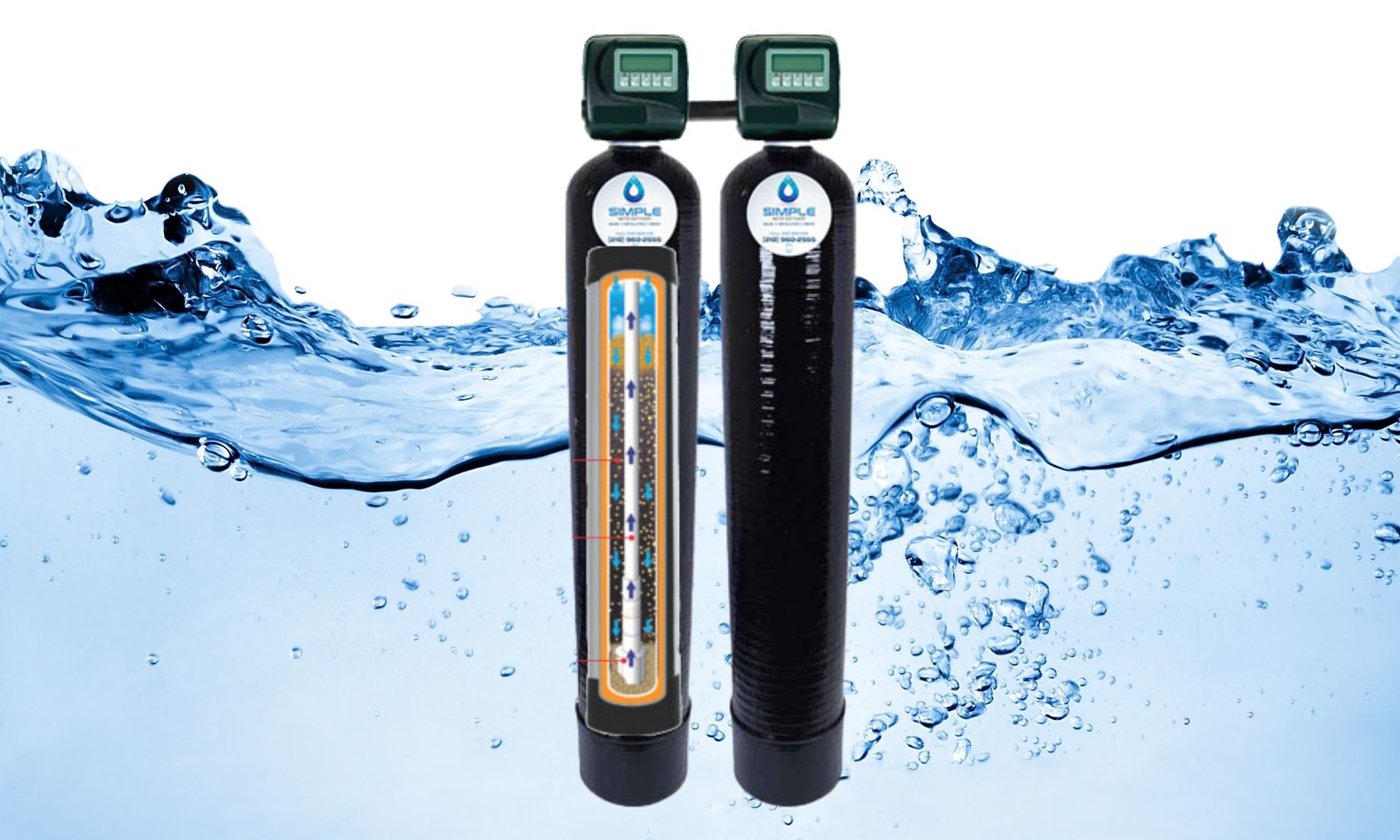
12 Oct. 2022
What is in your water softener?
You need to know what is in your water softener. It all sounds good when you buy it but years down the line when you need work done to it, you do not remember what is in there. What type of media and what quantity of each is very important.
- By:Lisa Bauer
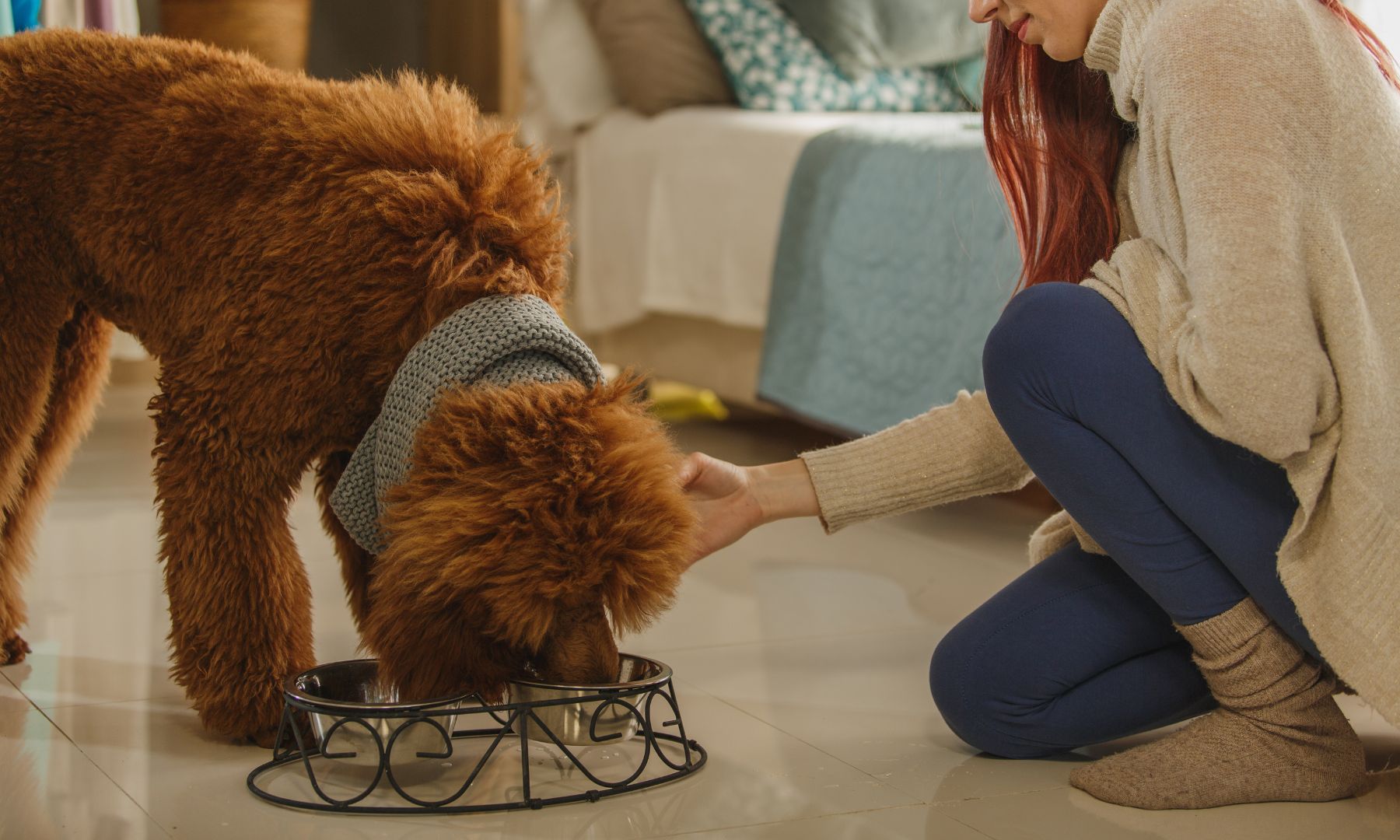
14 Sep. 2022
Is Your Pet’s Water Safe?
Your pets know water. Let’s face it, their nose is better than yours. Pets will drink the water from your tap if you give it to them, they need water. But do they like it. Ask yourself, do you like it? Probably not. Just as hard water will not hurt a human, it does not hurt your pet. But just like you, if your pet liked their water, they would drink more water. And we all know the more water we drink, the healthier we are. Not many of us drink enough water. But if you like the water you are drinking, you will find you will drink more. Our fur babies will feel the same way.
- By:Lisa Bauer
